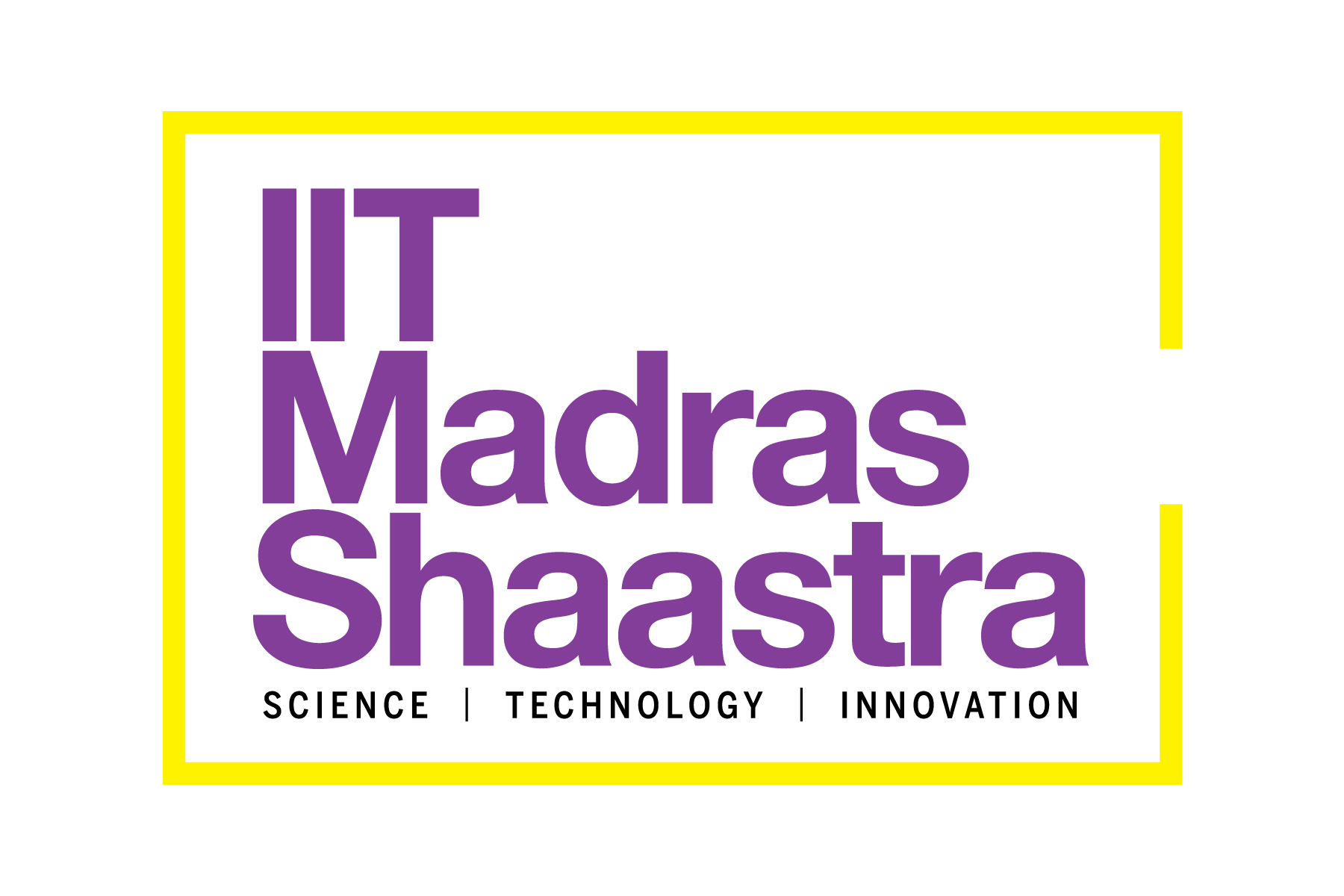Detecting blood cancer with AI
-
- from Shaastra :: vol 04 issue 01 :: Feb 2025

New AI model can help in the early detection of a fast-spreading blood cancer.
Researchers have developed an artificial intelligence (AI) model that is 98.4% accurate in distinguishing white blood cancer cells from healthy ones. Such a model will automate cancer detection, speed up diagnosis and reduce the burden on the healthcare system.
The research, published in ISA Transactions (bit.ly/AI-blood-cancer), might help in the early detection and timely treatment of acute lymphoblastic leukaemia, which progresses quickly and becomes fatal within a few months, if untreated. White blood cells (WBCs) fight microbial infections in the body. However, in this type of cancer, the bone marrow produces a large number of immature WBCs that don't function, leading to compromised immunity. The cancerous cells are larger and have other distinct physical characteristics that distinguish them from normal cells in a blood smear sample observed under a microscope. Scientists are training AI models to detect cancer cells on blood smear images to automate this diagnosis.
Pradeep Kumar Das had earlier developed an AI-based diagnostic system for breast cancer and brain tumours. In lymphoblastic leukaemia, however, blood cells overlap and touch each other, making detection difficult, says Das, the study's lead author and an Assistant Professor at the National Institute of Technology (NIT) Warangal. The overlapping cells in blood smear images create noisy data, making it difficult for AI models to extract and identify features.
Cancerous cells have physical characteristics that distinguish them from normal cells.
To create a model for leukaemia detection, Das used the publicly available databases of images of blood cancer cells. Some images were used to train the model and the others to test it. The developed model worked even on images that showed overlapping cells and yielded an accuracy of at least 98.46% in distinguishing cancerous samples from non-cancerous samples. This is superior to models used in previous studies.
This level of accuracy, he believes, was due to the use of transfer learning technique – a deep learning approach, rather than conventional machine learning techniques for image processing. Transfer learning also helps to extract more crucial deep features, which "will definitely lead to a more accurate system," adds Das.
Abhishek Subramanian, Assistant Professor at the Indian Institute of Technology (IIT) Hyderabad, not associated with the study, says that adding more clinical data and trying the model on different types of blood cancers, or comparing results with other types of leukaemia, will ensure specificity.
Have a
story idea?
Tell us.
Do you have a recent research paper or an idea for a science/technology-themed article that you'd like to tell us about?
GET IN TOUCH














